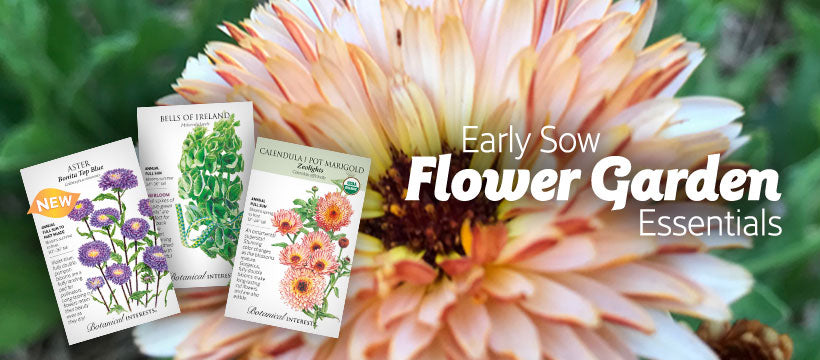Celebrate the winter solstice as it marks the shift into longer days and shorter nights. The word "solstice" is derived from the Latin word, soltiotum; sol, or "sun", and sistere, meaning "to stand still"; when combined, it can be translated to "the standing still of the sun". In the Northern Hemisphere, we expect our annual winter solstice on December 21st or 22nd, when the earth's axis is tilted farthest from the sun, after which daylight hours will begin to lengthen.

Shorter days contribute to slower growth, but that certainly does not mean the garden is still. Dormant plants live off of the energy they've stored away, the soil hosts and develops microbes that will affect the productivity of the next season, while insects and other species are taking advantage of these low temperatures to hibernate or protect their eggs.
With all of this in mind, we still need to take measures to keep our plants warm and insulated to prepare for cold temperatures. Even though the winter solstice marks the shortest day of the year, that does not necessarily mean it is the coldest day of the year; oftentimes, those in the Northern Hemisphere will experience the coldest days between January and February. This is because the mass of the Earth and oceans absorb and release heat over time, producing a seasonal lag between the amount of daylight and air temperatures.
To celebrate this seasonal change, cultures around the world have holidays surrounding the winter solstice, using fire and lights to bring brightness to the darkest day of the year. Ancient Romans celebrated Saturnalia, honoring Saturn, the god of agriculture, through a weeklong celebration leading up to the winter solstice. In China, Dong Zhi (which means "winter arrives") is a celebration to welcome the return of longer days. This holiday allowed farmers and fishermen to take off time to spend with their families and celebrate the past and new year. For Native Americans, the winter solstice signifies the beginning of the year and the rebirth of the sun, celebrated with dancing, fasting, prayer, and appreciation of the rising and setting sun for several days before the solstice.
Humans have long plotted and incorporated the seasonal changes of the sun with their movements and daily lives; it is in our nature to do so! Although not as extreme as it once was, we still see modern life reflect the celebration of the sun and gaze towards longer days filled with activity; a balance between stillness and movement, dormancy and life, light and dark—just like the seeds we love to sow.
Written by Madeleine Pesso

